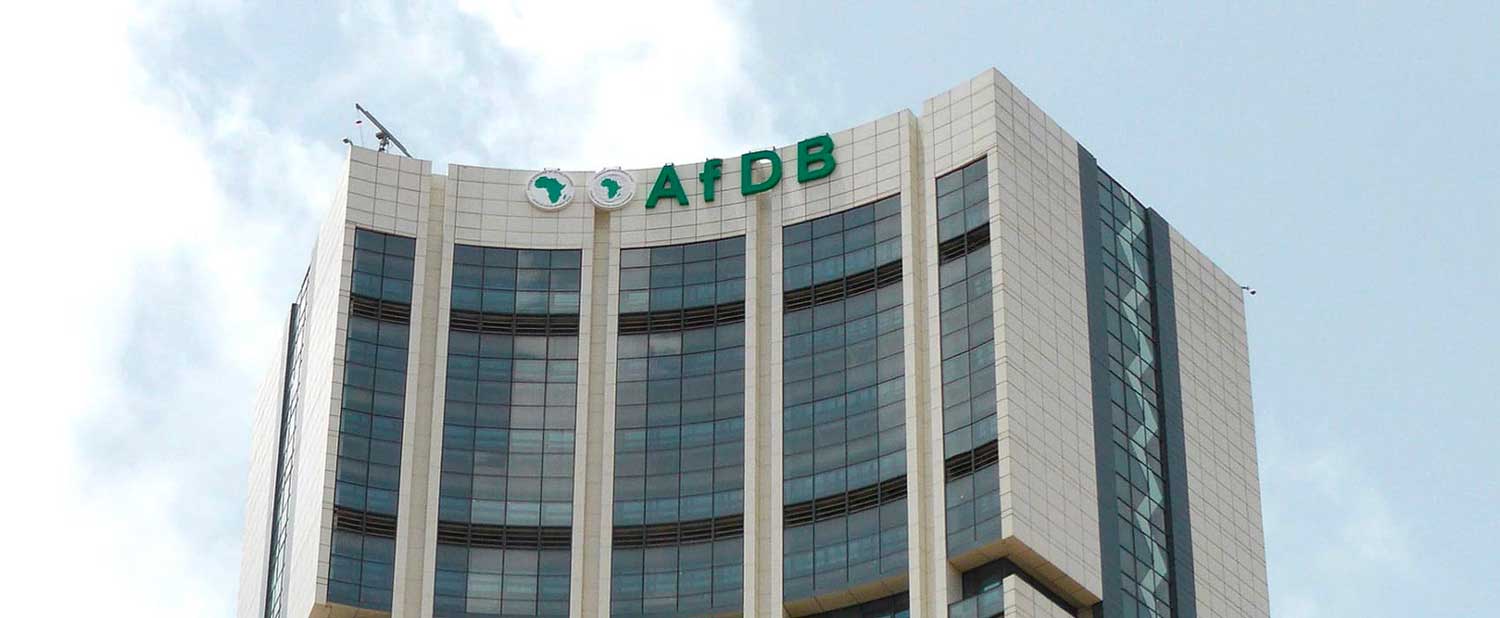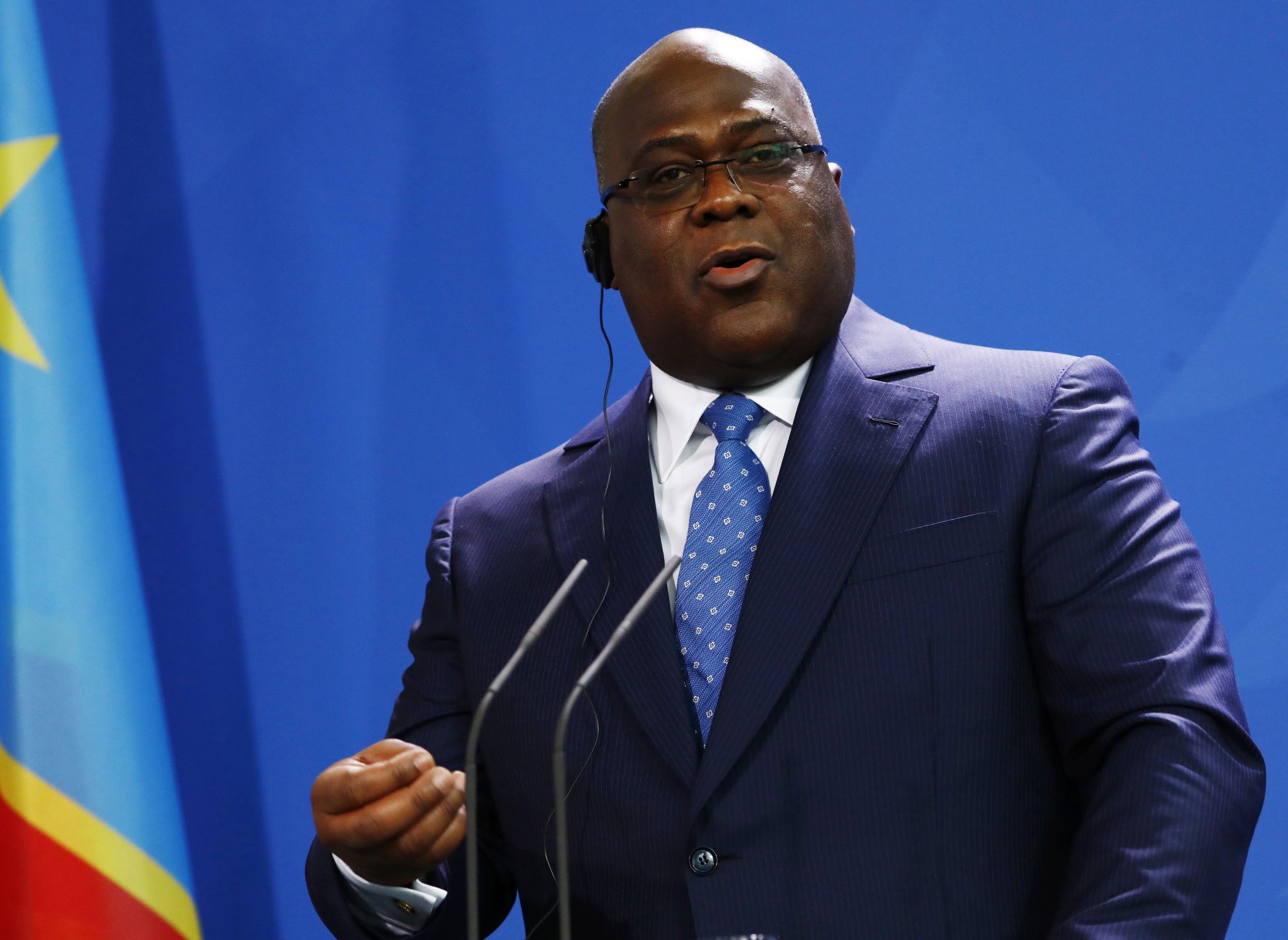Uganda’s 13.5% Pension Yield Still Outperforms as Global Rates Ease
Uganda’s NSSF 13.5% payout remains a standout as global rates ease. With inflation at 3.3%, 10-year bonds near 16.9%, and a stable shilling, Uganda locked in one of the world’s best real returns—proof that frontier discipline still pays.

Uganda’s National Social Security Fund (NSSF) declared a 13.5 percent annual interest rate on members’ savings for the 2024/25 financial year on September 22 — a move that positions the fund as one of Africa’s most rewarding institutional savings vehicles amid shifting global yield dynamics. The payout, applied retroactively to savers’ accumulated balances, reflects the fund’s strong investment performance and disciplined portfolio management rather than a policy-driven rate shift.
The decision comes as Uganda’s monetary and capital markets navigate a tightening global environment. The Bank of Uganda (BoU) has maintained its Central Bank Rate at 9.25 percent (BOMU: BOUR) since September, balancing inflation control with the need to sustain private credit. Headline inflation stood at 3.3 percent in September, leaving savers with an estimated real return of roughly 10 percent — among the highest across frontier pension systems.
Domestic yields confirm the tightening bias. Recent auctions show the 91-day Treasury bill (UGTB91: UGANDA) averaging 10.3 percent, the 182-day near 13.4 percent, and the 364-day around 15.2 percent, while the 10-year bond trades close to 16.9 percent. With such a curve, NSSF’s 13.5 percent payout aligns with long-term local-currency returns and offers savers institutional exposure at near-sovereign yields without market volatility.
Globally, the move lands in an environment where safe assets deliver meagre real income. OECD pension funds averaged 4.2 percent returns as of late 2024, while frontier sovereign Eurobonds (BB- and below) yield about 10.7 percent in hard currency. NSSF’s payout, though denominated in shillings, compares in magnitude to those frontier yields, underscoring Uganda’s relative attractiveness within Africa’s fixed-income spectrum.
Regionally, the announcement strengthens Uganda’s competitive position. Kenya’s NSSF credited 9 percent for 2024, Nigeria’s pension funds returned roughly 10 percent, and South Africa’s Public Investment Corporation averaged 7.8 percent. With Uganda’s shilling (USD/UGX ≈ 3,760) stable and reserves covering more than 4 months of imports, the 13.5 percent rate signals policy continuity and confidence in the domestic financial system. The fund’s balance sheet, which surpassed UGX 20 trillion (≈ USD 5.3 billion), remains heavily invested in government securities, equities, and real estate — a conservative mix that has weathered global shocks with minimal impairment.
For policymakers, the NSSF’s performance contrasts sharply with the regional monetary picture. Several African central banks have tightened policy to curb inflation: Ghana’s rate stands at 29 percent, Nigeria’s at 18.75 percent, Kenya’s at 13 percent, and South Africa’s at 8.25 percent. Globally, benchmark rates remain elevated — the Bank of England at 5.25 percent, European Central Bank at 4 percent, and U.S. Federal Funds at 5.50 percent — creating a high-rate world where frontier economies face increased debt-service pressure. Against this backdrop, Uganda’s ability to deliver a double-digit real return through a public pension fund speaks to prudent asset allocation and relatively low inflation volatility.
Still, sustainability depends on portfolio diversification. About 78 percent of NSSF’s investments remain domestic, mostly in government debt, creating potential duration and concentration risks if rates rise further. The fund’s management has signalled plans to expand regional exposure through the East African securities market, where yields on Kenya’s 2032 Eurobond (KE2032) hover near 9.2 percent and Rwanda’s 2031 bond (RW2031) around 8.8 percent. Such diversification could cushion local-rate shocks while improving hard-currency liquidity.
For savers, the declared rate compounds the fund’s credibility at a time when private investment returns lag. The Uganda Securities Exchange All-Share Index (USE: ALSI) has gained just 4 percent year-to-date, while commercial bank deposit rates average 5 percent. By contrast, NSSF’s consistent double-digit payouts since 2021 have delivered cumulative nominal growth exceeding 45 percent — a rare record in frontier finance. The 13.5 percent rate therefore signals more than generosity; it reinforces the fund’s role as a stabilizer in Uganda’s financial architecture.
From a global investor’s lens, Uganda’s pension success offers a counter-narrative to debt distress dominating frontier headlines. While Zambia and Ghana continue restructuring talks and Kenya faces rising refinancing costs, Uganda’s pension system demonstrates how disciplined domestic savings can underwrite fiscal and market resilience. The approach mirrors models used in Malaysia’s EPF and Chile’s AFP funds, where long-term savings pools anchor local capital markets.
Yet the challenge lies ahead. Sustaining such high returns in a slowing global economy will require active rebalancing, improved transparency, and productivity-linked asset growth rather than yield arbitrage. As global disinflation progresses and rate cuts emerge in 2026, excess real returns may compress. NSSF’s credibility will hinge on its ability to maintain competitive performance without resorting to concentrated sovereign exposure.
Still, the September declaration reaffirms a key truth: financial stability in frontier markets begins with trusted domestic institutions. NSSF’s disciplined payout anchors confidence in Uganda’s financial system at a moment when global yields are volatile, currencies are fragile, and investors are searching for credible, inflation-protected income. In a high-rate world, Uganda’s pension story is not just about returns — it is about trust made investable.





